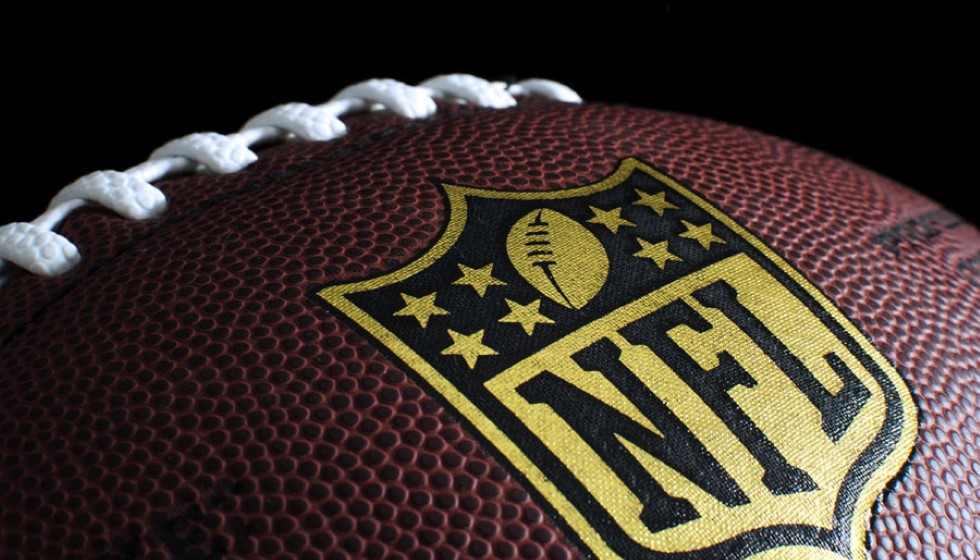
In a move reflecting a blend of nostalgia and modernity, the National Football League (NFL) has charted a new course for its teams' uniform aesthetics, commencing in the 2024 season. A pivotal change has been announced, ending the "one-shell" rule, which now paves the way for teams to introduce a third helmet option. This decision is more than just a nod to fans' love for throwback uniforms; it's a deliberate step towards diversifying the league's visual narrative, enriching the tapestry of the game by integrating historic elements with the current identity of the franchises.
End of the "One-Shell" Rule
The "one-shell" rule, a directive that restricted teams to a single helmet, has been lifted, clearing the path for the introduction of alternate helmets. This decision undoes a restriction that had been in place for years, confining teams to utilize only one helmet design throughout the season. Its termination marks a significant shift in the league's uniform policy, offering teams the freedom to delve into their heritage or to innovate with their visual identity on the field.
Deadline for Declaration
Teams are faced with a May 1, 2024, deadline to inform the league of their intentions to deploy a third helmet for the 2025 season. This advance notice is crucial for planning and ensures that all necessary preparations—ranging from design finalization to manufacturing—are completed in time for their debut.
Guidelines for Alternate Helmets
The introduction of a third helmet is not without its parameters. To maintain a cohesive look, the alternate helmets must align with the teams' classic uniforms in either design or color scheme. This guideline helps in preserving the teams' identity and ensures that the alternate helmets resonate with the team's history and branding.
Additionally, it's mandated that all players receive a set of alternate color helmets, ensuring uniformity. These helmets are required to match the primary helmets in make, model, and size, emphasizing the league's commitment to player safety. Furthermore, teams are obliged to utilize these helmets in practice prior to their game-day debut, allowing players to acclimate to the new equipment.
Historic Precedent and Safety Considerations
The 2022 season served as a prologue to this policy shift, with thirteen teams unveiling alternate helmets. The successful implementation of these helmets laid the groundwork for this broader initiative, demonstrating both the feasibility of integrating new helmet designs and the enthusiastic response from fans. This trial phase underscored the potential for teams to expand their brand visually while adhering to safety protocols.
At the core of this policy change is a dual objective: to enhance the NFL's visual dynamic and to uphold, if not elevate, standards of player safety. Alternate helmets must undergo the same rigorous testing and approval processes as the primary helmets, ensuring that players' well-being remains paramount.
Exploring Team Identities and Fan Engagement
The flexibility to introduce alternate helmets is an invitation for teams to explore their identities more deeply. It opens the door to commemorating historical milestones, celebrating anniversaries, or simply diversifying the visual aspects of the game. For fans, the opportunity to see their teams in vintage designs or fresh, innovative looks adds a layer of excitement and connection to the game's history and future.
This policy change is a testament to the league's evolving approach to game presentation—a balancing act between innovation, tradition, and safety. As teams begin to unveil their third helmet designs, the anticipation among fans and players alike underscores the enduring appeal of the NFL, a league continually seeking ways to enhance the spectator experience while staying rooted in its rich heritage.
Indeed, as the 2025 season approaches, the introduction of third helmets is poised to open a new chapter in the league's storied visuals, enriching the NFL's aesthetic landscape and fostering a deeper connection between teams and their fans.